The price of a Nordic tourist boom
Tourism in the Nordic region has grown a lot over the past decades. It creates jobs and money in the state coffers. But mass tourism comes at a price. And local communities and researchers are sounding the alarm: Sustainable tourism must be about more than the climate and money.
Since the year 2000, tourism in the Nordics has grown steadily, apart from a few slow years around the time of the Covid-19 pandemic.
The influx of tourists creates travel industry jobs, but most are seasonal and characterised by uncertainty. Creating year-round tourism and tourism jobs is challenging. Many positions are filled by foreign workers.
One examle: It is said that in some places in Iceland, around 80 per cent of the travel industry workforce is made up of foreign workers. This raises questions about belonging and integration into local society.
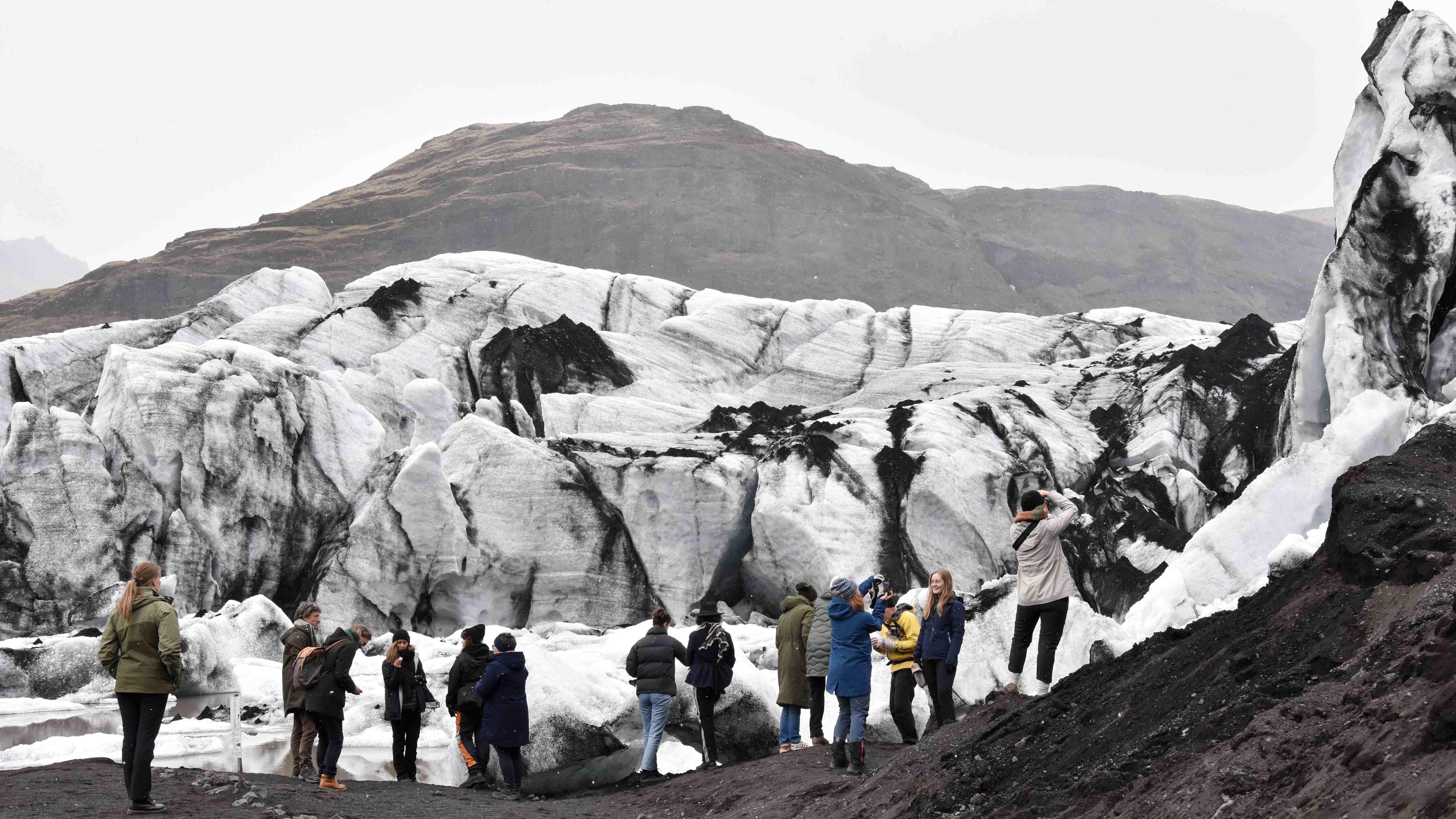
Glaciers cover more than 10 per cent of the Icelandic landmass. Many tourists go to visit them. It is feared that the glaciers will disappear by 2200.
Not all rosy
The growth has also caused challenges like over tourism, strains on infrastructure and public services as well as a negative impact on local culture and tradition.
Some examples from popular Nordic tourist destinations:
- Iceland welcomes around two million tourists annually, which puts pressure on emergency services, leads to a housing shortage and causes growing dissatisfaction among locals.
- In Norway’s Lofoten islands, some hamlets with only a handful of locals are visited by hundreds of thousands of tourists annually without reaping any particular benefits from it.
- Greenland is seeing enormous growth in cruise tourism, but local communities lose out on the potential earnings. The cruise ships are also often described as major climate offenders.
Researchers call for a change in focus
The Nordic Council of Ministers has commissioned the Nordic research institute Nordregio to produce two reports about the Nordic travel industry.
Some of the results were presented during a webinar in April 2025, followed by a conversation between researchers and Nordic tourism representatives.
“We have been too focused on how many people are arriving and have not looked at how tourism actually works in practice,” said Ágúst Bogason from Nordregio.
He is one of the authors behind Nordregion’s reports Socially Sustainable Rural Tourism (2024) and The Right Kind of Tourist. Rethinking tourism's impact on Nordic communities (2025).
Social sustainability is under-communicated
The Nordregion researchers argue that social sustainability in this context is about how tourism impacts local cohesion, cultural integrity, the housing situation, working conditions and social trust.
It is also about who gets to decide how things develop and who will carry the cost.
The report points out that there are no common indicators for measuring these dimensions. While economic and environmental data are systematically gathered and reported, the social aspect often remains overlooked.
The researchers believe this makes it difficult to detect local tensions and adjust the course in time.
“This gap in the research is problematic because the social consequences of tourism go deep and are many-faceted,” they write in the report The Right Kind of Tourist. Rethinking tourism’s impact on Nordic communities.
Politics and practice
The fieldwork was carried out in Iceland, the Faroe Islands, Ilulissat (Greenland), Lofoten (Norway), the High Coast (Sweden), Salla (Finland) Åland and Billund (Denmark).
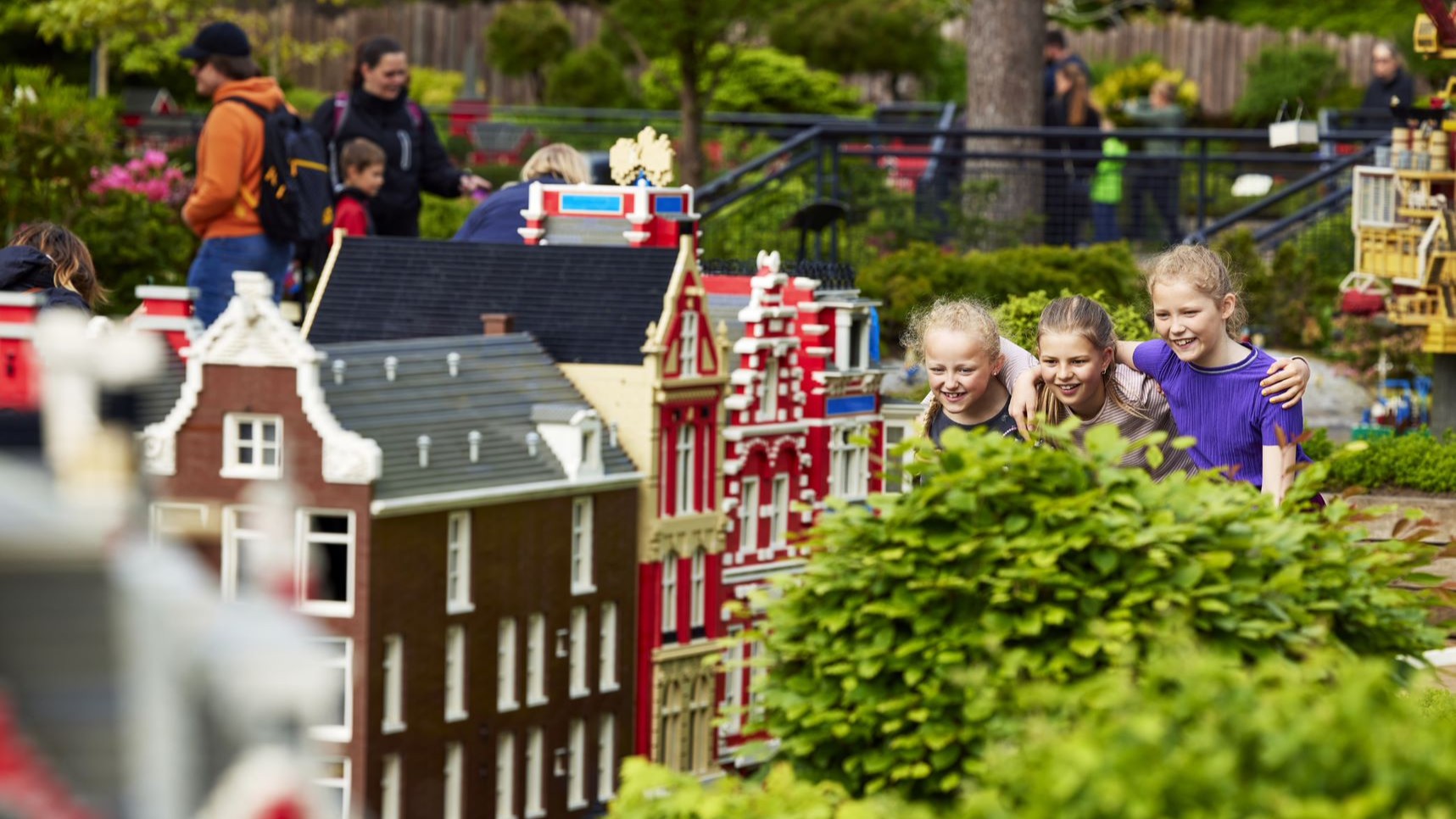
The tourism industry in Billund in Denmark is built around the heavily visited Legoland amusement park. Photo: Legoland
The report unveils considerable challenges and differences between politics and practice.
“The case studies reveal that while policies emphasise community engagement and sustainable practices, the practical implementation often falls short, resulting in a mismatch between policy goals and reality,” the researchers write in the report.
This was also one of the issues discussed at the aforementioned webinar in April 2025. Several of the participants pointed to a common challenge: When one problem has been solved, another pops up.
Sigve Olsen from Vestvågøy municipality in Lofoten described this as a never-ending pursuit of a moving target. He also pointed to another dilemma:
“Measures aimed at tourists also affect local residents. The people in the municipality don’t necessarily like this. In the hope of avoiding conflicts, we always try to listen to the locals and adjust measures in line with their wishes,” said Olsen.
He feels there is a lack of tools in the toolbox to truly succeed with socially sustainable tourism in Lofoten.
Thordur Freyr Sigurdsson, Manager of Development, Association of Municipalities in South Iceland (SASS), underlines that residents must be at the centre of tourism development.
“We must find solutions that work for the locals. We should not try to change people’s attitudes. Instead, we need to change the conditions that make them frustrated,” he said.

The Faroe Islands' unusual and dramatic landscape is the main draw for tourists.
Nordic strategies
The OECD report Tourism Trends and Policies 2024 shows how Finland, Denmark, Iceland, Norway and Sweden are working purposefully – but differently – in the transition towards sustainable development in the tourism industries.
Finland has presented a strategy for 2022 to 2028 with clear goals for sustainability, digitalisation and improved competitiveness. A program providing destinations and companies access to indicator tools forms a key part of this.
Denmark has set out a national strategy for sustainable growth towards 2030. Five development pathways – including nature-based tourism and sustainable urban tourism – inform the strategy’s direction.
Iceland has updated its national strategy with four core principles: quality over quantity, local value creation, visitor management and sustainability. Skills development in the tourism industry is a central tool.
Norway combines growth and climate ambitions in a special travel industry strategy. The aim is to halve emissions from the industry by 2030 while securing local value creation.
Sweden has made considerable investments in statistics, indicator development and infrastructure for nature tourism. Nature and experience tourism is also a main focus in international promotion material.
Six pieces of advice
The Nordregio report The Value of Social Sustainability in Nordic Tourism Policy, says the review of the countries’ tourism policies shows that the social aspect of tourism – in particular the impact on local residents, public services and infrastructure – is increasingly being addressed.
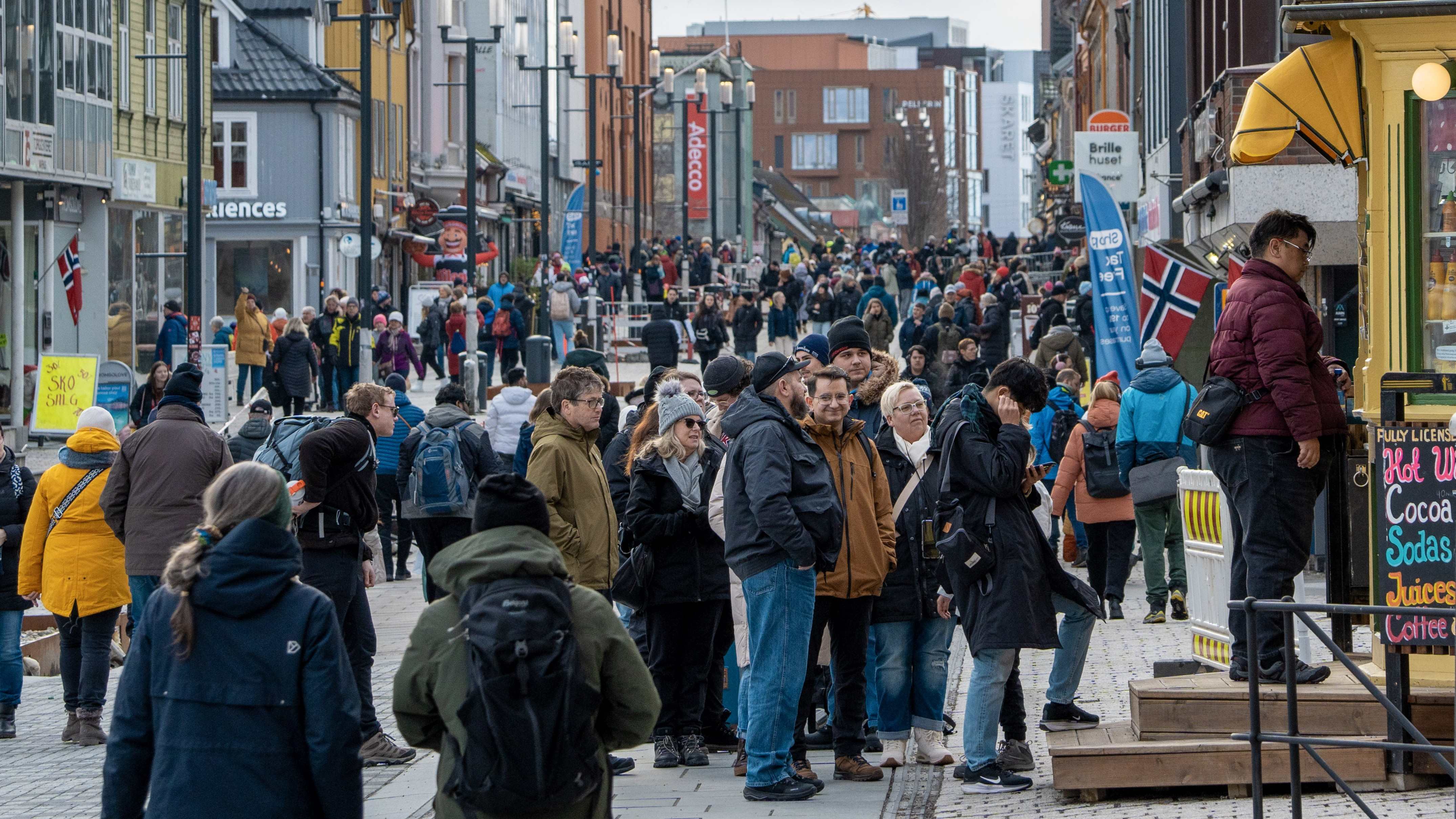
More than two-thirds of Tromsø citizens believe there are too many tourists in the city. It affects the quality of living, they say. Photo: Maren Tvedt/Visit Tromsø
“However, the operationalisation and conceptualisation of how social aspects of tourism are integrated into tourism development and planning is often lacking,” conclude the Nordregion researchers.
In conclusion, the Nordregion reports highlight six areas where Nordic tourism policies should be strengthened:
- Define social sustainability – and make it measurable.
- Develop indicators for well-being, cultural integrity and public attitudes.
- Strengthen cooperation between national, regional, and local authorities.
- Involve local communities, especially in vulnerable areas.
- Invest in knowledge about social conditions – not just the environment and economy.
- Regulate responsibly, balancing residents’ rights, business needs, and visitors’ expectations.
- Venice of the North
-
Henningsvær is probably Norway's most visited and famous fishing port. Many call it the Venice of the North. Henningsvær is built on several islands that are linked with bridges, causeways and stone embankments. A road connection came in the early 1980s, and with it, increased tourism. Photo: Fredrik Ahlsen/Visit Norway
- Nordic tourism in figures
-
Finland
Tourism in Finland is still suffering in the wake of the pandemic and the war in Ukraine. In 2022, tourism made up 1.8 per cent of GDP and employed 5.1 per cent of the workforce. Most tourists come from Germany, followed by Sweden and the UK. Domestic tourism remains relatively stable.
Denmark
The travel industry is recovering well after the pandemic years. 2023 saw a record 63 million overnight stays, of which 32.2 million were foreign tourists. Tourism accounted for 1.8 per cent of GDP in 2022 and 3.3 per cent of employment. Most tourists come from Germany, followed by Norway, Sweden and the Netherlands.
Iceland
Tourism is once again Iceland’s biggest export. In 2022, the sector accounted for 7.8 per cent of GDP and it employed 12 per cent of the workforce. Iceland had 2.2 million international visitors in 2023, higher than before the pandemic. Most tourists come from the USA, the UK and Germany.
Norway
Tourism is back on its feet after the pandemic. In 2023, there were 11 million international overnight stays, 4 per cent more than in 2019. Domestic tourism still dominates with 25.9 million overnight stays in 2023. Most tourists in Norway come from Germany, the USA and Sweden.
Sweden
Tourism is on its way back after the pandemic, but is being challenged by higher costs of living. In 2023, there were 16.5 million international overnight stays, 1.2 per cent lower than in 2019. Most tourists come from Germany, Norway and Denmark.
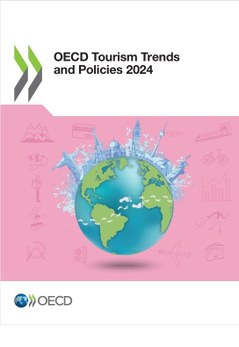

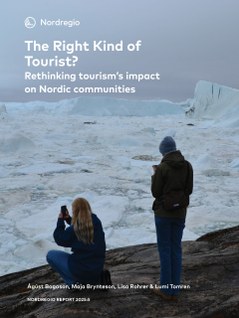
 Follow us on Facebook
Follow us on Facebook
